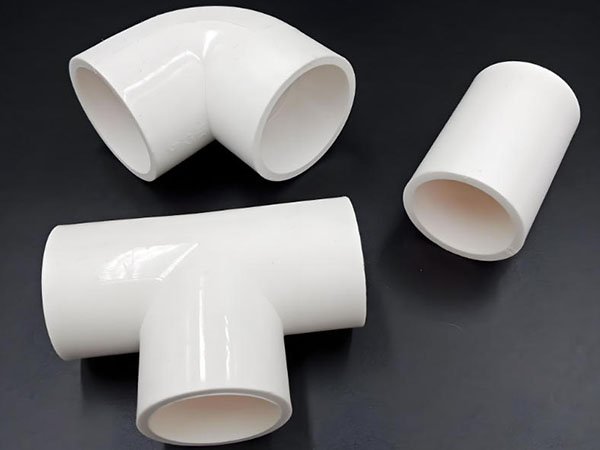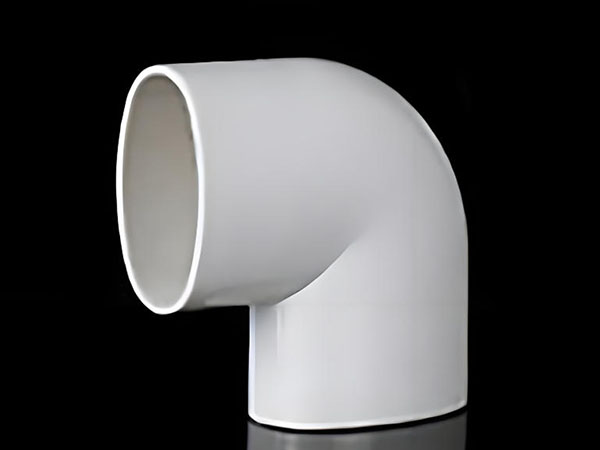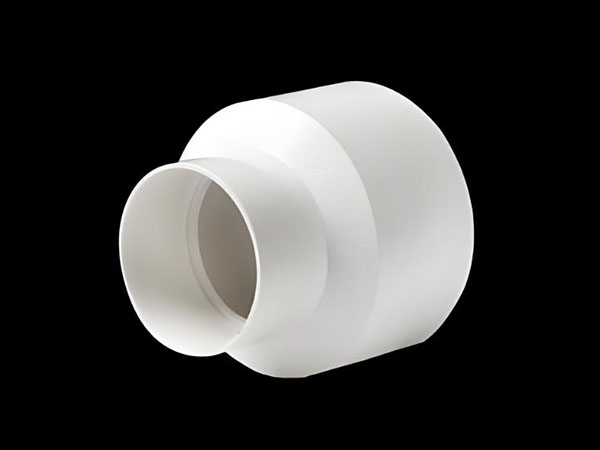In modern architecture and infrastructure, drainage systems are like the building’s “blood vessels,” their performance directly impacting its lifespan, functionality, and occupant comfort. Among the many drainage system materials, PVC (polyvinyl chloride) has become the undisputed mainstream choice due to its superior comprehensive performance. PVC 110mm fittings, crucial components for connecting main pipes, redirecting flow, and diverting and converging flows, are the “joints” of the entire system and are therefore crucial. This article will provide a comprehensive understanding of the world of PVC 110mm fittings.

What are PVC 110mm fittings?
PVC 110mm fittings are a general term for connectors used with polyvinyl chloride pipes with an outer diameter of 110 mm. This size is the most common and important main pipe size in building drainage systems, widely used in domestic sewage, stormwater risers, and horizontal main pipe systems.
These fittings are bonded to PVC-U (unplasticized polyvinyl chloride) pipes of the same specifications through sockets and spigots, creating a complete, airtight, and efficient drainage network. Their design strictly follows national or international standards (such as GB/T 5836.2-2018) to ensure accurate dimensions, strong compatibility, safety and reliability.
Why Choose PVC 110mm Fittings?
Excellent Corrosion Resistance: PVC resists corrosion from a variety of chemicals, including acids, alkalis, and salts, and never rusts. It’s particularly suitable for handling complex domestic sewage and rainwater, boasting a service life far exceeding that of metal pipes, reaching over 50 years.
Low Fluid Resistance and Efficient Drainage: The mirror-like inner wall of the pipe has an extremely low friction coefficient, effectively reducing dirt buildup and ensuring unimpeded water flow, significantly reducing the risk of pipe blockage.
Excellent Mechanical Properties: With high impact strength and pressure resistance, it can withstand building settlement, external pressure, and water impact, ensuring long-term stable system operation.
Excellent Sealing: Utilizing socket-type solvent bonding (glue connection), the joints fuse together to form a permanent seal, completely eliminating leaks and protecting the building structure.
Lightweight, High Strength, and Easy Installation: Weighing only one-fifth of cast iron pipes, it’s extremely easy to transport and install, eliminating the need for large machinery. This significantly reduces labor intensity and installation time, resulting in low overall project costs. Fireproof and flame-retardant: PVC material is self-extinguishing and will extinguish immediately upon removal of flames, without supporting combustion, enhancing the building’s safety rating.
Economical and environmentally friendly: Production costs are relatively low, resulting in an affordable price. Furthermore, waste materials can be recycled, meeting the requirements of green building and sustainable development.

Main Product Types and Applications
PVC 110mm fittings come in a wide variety of styles and functions to meet the complex needs of drainage system design.
Elbow:
90° elbow: Used for vertical pipe turns, commonly found at the junction of risers and horizontal mains.
110mm pvc 45 degree bend: Used for diagonal pipe turns, smoothing the flow transition and reducing hydraulic resistance.
Tee:
Equal-diameter tees: Used to branch off a main pipe from a branch of the same diameter, diverting or converging flow.
Reducing-diameter tees: Used for connecting branch pipes of different sizes (such as those connecting basins or floor drains) with a 110mm main pipe and 75mm or 50mm branches.
Cross: Used for connecting pipes in a cross-connection, diverting flow in two directions. This type of fitting is relatively uncommon and requires careful design.
Coupling: Used to connect two pipes of the same diameter in a straight line. Reducers: Used to connect two pipes of different diameters, creating a smooth transition.
Caps: Used to temporarily or permanently seal the ends of pipes.
Professional Installation Guide and Precautions
Pipe Cutting: Use a dedicated pipe cutter or fine-tooth saw to cut the pipe vertically, ensuring a flush cut and removing burrs.
Test Insertion: Before formal bonding, test-insert the fitting and pipe. Mark the insertion depth on the pipe, typically 2/3 to 3/4 the depth of the socket.
Cleaning: Use a dedicated cleaner (primer) and a lint-free cloth to thoroughly wipe the outside of the pipe spigot and the inside of the fitting spigot to remove any oil or dust.
Gluing: Quickly and evenly apply specialized PVC glue to the outside of the pipe spigot and inside of the fitting spigot (be careful not to apply too much glue).
Connecting: Immediately insert the pipe into the fitting to the marked line and rotate it slightly 90° to evenly distribute the glue.
Securing and Curing: After insertion, maintain pressure for a moment to prevent popping out. Then, allow the pipe to rest for at least 15 minutes before removing it. Wait 24 hours before performing a water flow test.
Important Notes:
The operating environment should be well ventilated.
Be sure to use a special glue compatible with the PVC-U material.
After applying the glue, complete the connection within 20 seconds.
After installation, allow the glue to fully cure before performing a pressure test or water flow test.

How to choose 110mm PVC fittings?
Look at the brand and certifications: Choose reputable brands. Products should have clear trademarks, specifications, production batch numbers, and implementation standard numbers (such as GB/T 5836.2) to ensure reliable quality.
Appearance: High-quality products have a uniform color (usually milky white), a fine texture, smooth inner and outer surfaces, and are free of bubbles, dents, cracks, or obvious impurities.
Weight: Products that meet standards are made with sufficient material and have a certain heft. Products that are too thin often cut corners and lack mechanical properties.
Measure the thickness: Use a caliper to measure the wall thickness of the fitting. It should comply with national standards. The socket should have sufficient strength and wall thickness.
Smell: High-quality PVC material has a subtle odor, while inferior products may have a pungent chemical smell.
Although not the most visible part of a building, 110mm PVC fittings are the unsung heroes that ensure the proper functioning of buildings and protect our quality of life. Only by selecting high-quality, appropriate fittings and following standardized construction procedures can you build an efficient, quiet, durable, and worry-free drainage system. Whether it’s a large commercial complex, a residential building, or an industrial plant, our 110mm PVC pipe fittings series is a solid foundation you can trust.






















